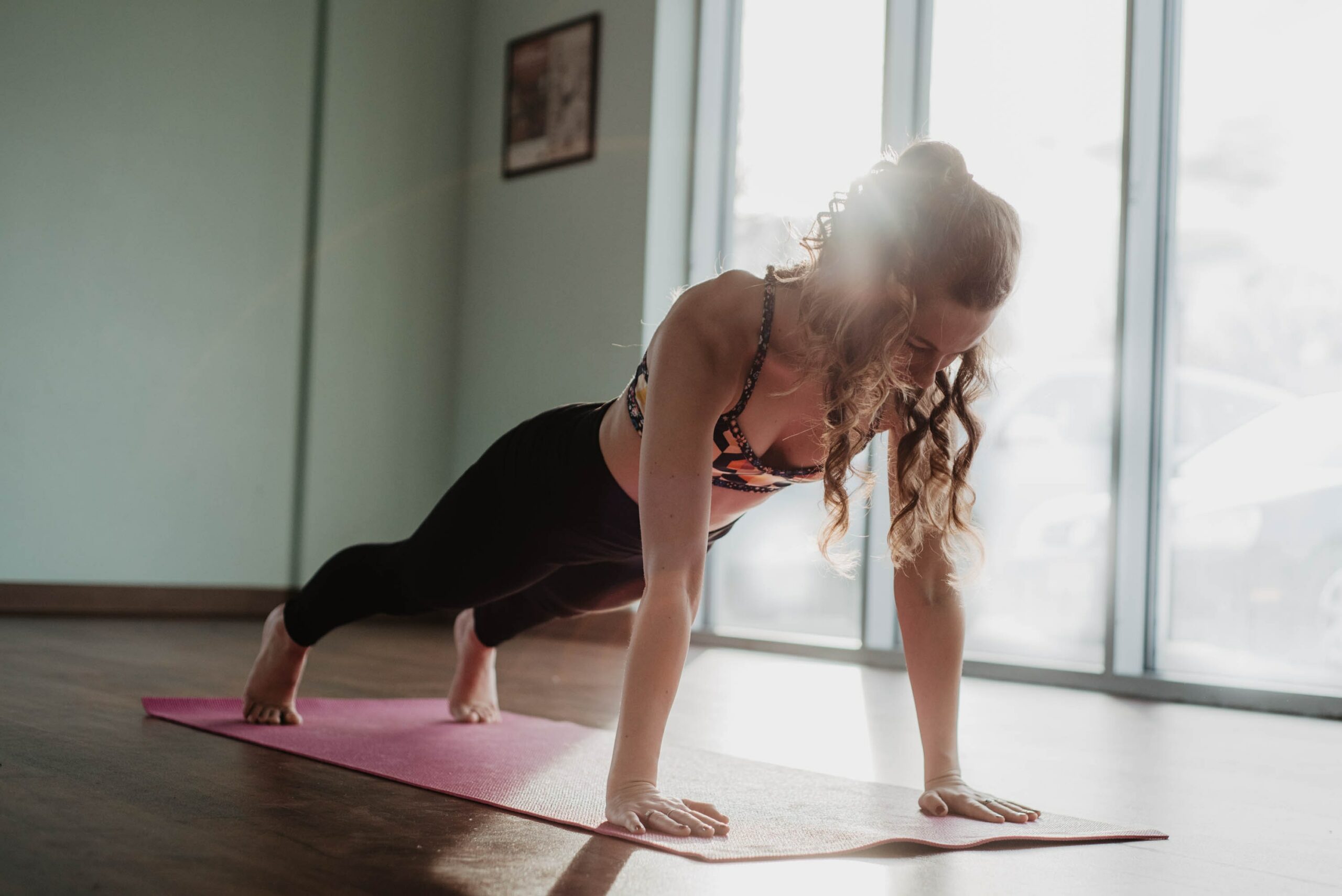Planks are undoubtedly a powerhouse exercise that can work wonders for strengthening your core muscles. However, what you might not be aware of is the wide array of plank variations that exist. It’s crucial to understand that these variations aren’t just about adding variety to your workout – they can significantly impact the effectiveness of the exercise. In this blog post, we’ll delve into the diverse types of planks, their benefits, and the essential aspects to consider for correct form.
Diverse Dimensions of Planks
While the classic forearm plank is a staple, the world of planking offers numerous exciting avenues to explore. From wall planks to floor planks, from single-foot balancing planks to incorporating weights,, the choices are vast. For those stepping into the realm of Pilates or embarking on a fitness journey, beginning with a knee-supported plank can be both beneficial and confidence-boosting.
And here’s the kicker – experimentation is key! Engaging in creative plank variations not only keeps the routine engaging but also makes those seemingly endless minutes of holding a plank feel less daunting. It’s universally acknowledged that enduring a one-minute plank can stretch time like never before, but once the fundamentals are mastered, adding in these dynamic variations can transform planking into an unexpectedly (dare I say enjoyable) endeavor.
The Treasure Trove of Benefits
The myriad benefits of planking are widely recognized. At its core, pun intended, the plank elevates core strength. Yet, its influence doesn’t stop there. Enhanced posture, improved balance, increased flexibility, and heightened stability all fall under the umbrella of advantages that planking can bring. It’s a holistic full-body workout that can be tailored to suit individuals across age groups and fitness levels. Essentially, a correctly executed plank lays the foundation for a strong and resilient physique.
However, there’s a hitch – not everyone gets it right.
Cracking the Code of Proper Form
To truly unlock the potential of a plank, nailing the correct form is non-negotiable. Without it, you risk squandering the benefits that this exercise has to offer. To ensure your planking endeavors are fruitful, here are some vital pointers to remember:
- Head-Spine Alignment: Your head should form a straight line with your spine. This alignment minimizes strain on your neck and promotes overall stability.
- Shoulder Placement: Refrain from rounding or shrugging your shoulders. Instead, keep them squared and steady, fostering optimal engagement of your upper body.
- Glute Activation: Squeeze those glute muscles! Not only does this contribute to better core activation, but it also safeguards your lower back from undue stress.
Decoding Wall Planks
Perhaps you’ve come across the intriguing sight of people performing planks against walls. This variation isn’t just about changing up your routine – it serves as an excellent starting point or a refreshing addition to your workout regimen. The versatility of wall planks shines through as they can be executed anywhere, making them a viable option whether you’re at home, at the gym, or even at your workplace. Moreover, the world of planks boasts numerous adaptations, some of which demand heightened core strength, making them suitable for individuals at varying fitness levels.
In conclusion, planks are more than just a straightforward exercise. They’re a gateway to an array of benefits that extend far beyond a stronger core. By embracing variations and perfecting your form, you can tap into the full potential of planking. So, whether you’re just starting or you’re a seasoned fitness enthusiast, take the time to explore the multifaceted world of planks – your body will thank you!
_
Christine Kirkland is a Certified Pilates Instructor offering online Pilates classes. She specializes in helping mature adults embrace the beauty of aging by incorporating Pilates into their routine to improve their balance, strength and mobility and feel their best every day.


